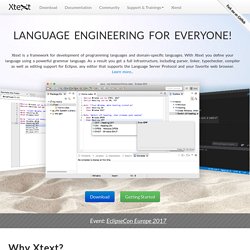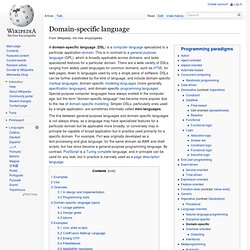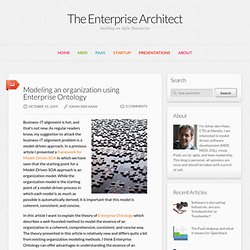

Semantic web , open data. ANTLR. Xtext - Language Development Made Easy! Build the Language You Want!

Xtext can build full-featured text editors for both general-purpose and domain-specific languages. In the background it uses the LL(*) parser generator of ANTLR, allowing to cover a wide range of syntaxes. Xtext editors have already been implemented for JavaScript, VHDL, Xtend, and many other languages. Compile to Whatever You Want! You define the target format to which your language is compiled. Highly Customizable The default behavior of Xtext is optimized to cover a wide range of languages and use cases. Single Sourcing The grammar definition language of Xtext is not just for the parser. Incremental Compiler Xtext is built to scale, so no matter if you have a few source files written in your language or hundreds of them, the IDE remains responsive and reacts smoothly to any text change.
Compatible with Graphical Editors You can combine the text-based formats created with Xtext with many graphical editing frameworks, e.g. Domain-specific language. The line between general-purpose languages and domain-specific languages is not always sharp, as a language may have specialized features for a particular domain but be applicable more broadly, or conversely may in principle be capable of broad application but in practice used primarily for a specific domain.

For example, Perl was originally developed as a text-processing and glue language, for the same domain as AWK and shell scripts, but has since become a general-purpose programming language. By contrast, PostScript is a Turing complete language, and in principle can be used for any task, but in practice is narrowly used as a page description language. Examples[edit] Use[edit] The design and use of appropriate DSLs is a key part of domain engineering, by using a language suitable to the domain at hand – this may consist of using an existing DSL or GPL, or developing a new DSL. Overview[edit] In design and implementation[edit] Programming tools[edit] Domain-specific language topics[edit]
My-Lex Overheid - Alle relevante overheidsinformatie via één zoeksysteem. Wetsanalyse met ontologieën en regels. g510-6163-component-business-models. Modeling an organization using Enterprise Ontology. Business-IT alignment is hot, and that’s not new.

As regular readers know, my suggestion to attack the business-IT alignment problem is a model-driven approach. In a previous article I presented a framework for Model-Driven SOA in which we have seen that the starting point for a Model-Driven SOA approach is an organization model. While the organization model is the starting point of a model-driven process in which each model is as much as possible is automatically derived, it is important that this model is coherent, consistent, and concise. In this article I want to explain the theory of Enterprise Ontology which describes a well-founded method to model the essence of an organization in a coherent, comprehensive, consistent, and concise way.
The theory presented in this article is relatively new and differs quite a bit from existing organization modeling methods. Why Enterprise Ontology? DEMO has been widely accepted in both scientific research and practical appliance. Conclusion [1] J. 946986. Annotatie van de wet. Wetboeken.
Processen. Ontologie. Wendbare wetsuitvoering. Start [SMART Regulation Project] The SMART Regulation project, co-founded by Object Management Group andData Transparency Coalition, brings together professionals from private and public sector with common interest in identifying opportunities for data innovation and standardization in regulations and disclosures.
![start [SMART Regulation Project]](http://cdn.pearltrees.com/s/pic/th/start-smart-regulation-project-56680512)
This is the first attempt to formally identify and leverage data standards represented as Smart vocabularies, business rules, data models, Ontology, interchange and publication formats, and standard identifiers - to improve all phases of the regulatory process leading to automation and data transparency. We also intend to identify and develop proof of concept(s) that demonstrate the benefits of data standards to non-technical decision-makers, including legislators and government agency managers, in concrete and compelling ways. SMART Regulation project will leverage the principles and framework defined by SMART Data Coalition. . * StandardizedMeasurableAdaptableReliableTransparent. Brat rapid annotation tool. The Protégé Ontology Editor and Knowledge Acquisition System.
Informatie.